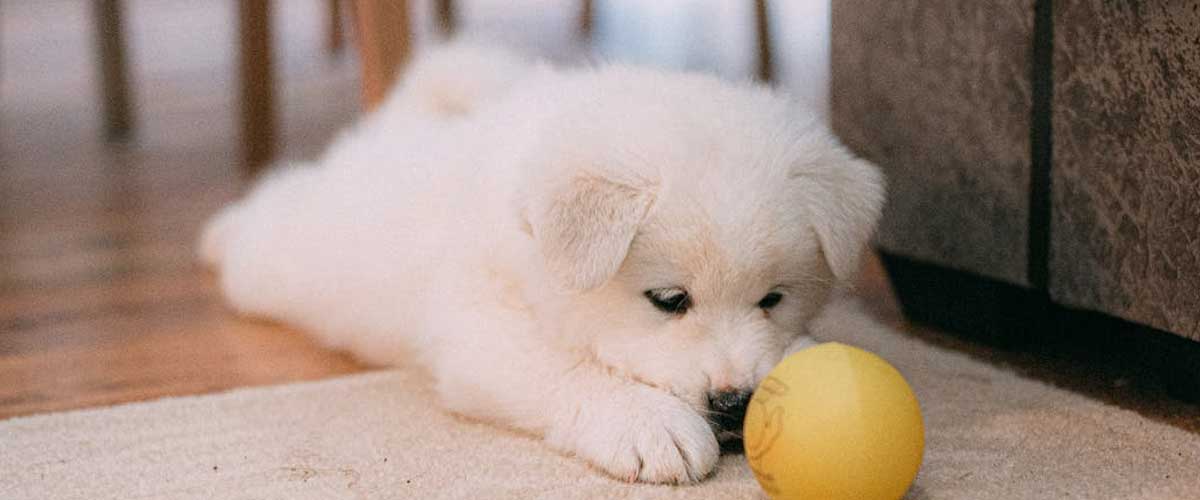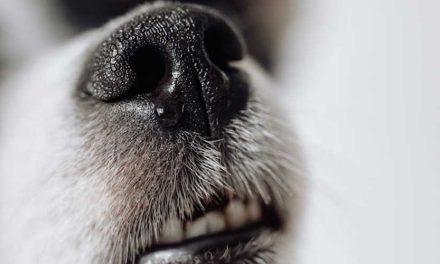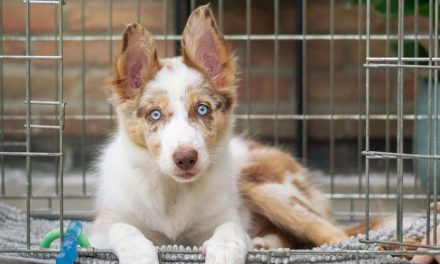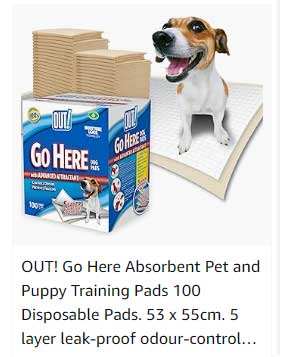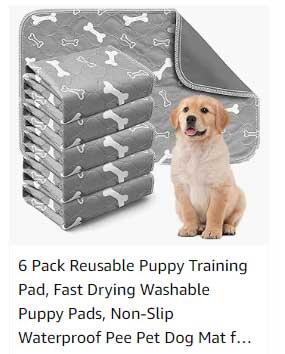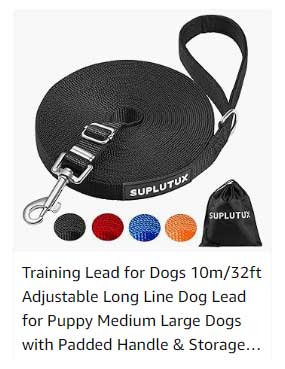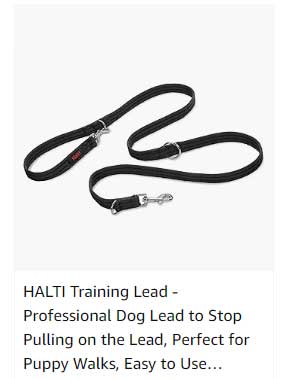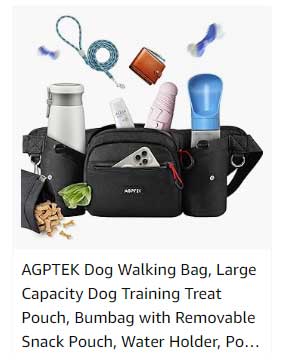Training a new puppy is an exciting journey that requires patience, consistency, and lots of love.
Here’s a structured three-week guide to help you get started. Each week focuses on basic commands, socialization, and establishing good habits.
Week 1: Establishing the Foundation
Goals:
- Build a bond with your puppy.
- Introduce basic commands.
- Start potty training.
Daily Activities:
Day 1-3: Get to Know Each Other
Spend quality time with your puppy, allowing them to explore their new environment.
Introduce them to their crate and encourage exploration with treats.
Day 4: Introduce Basic Commands
Sit:
Use a treat to guide your puppy’s nose up, which will cause their bottom to lower.
Say “Sit” as they do so and reward. – **Stay:** Start with “Sit.”
Once they’re seated, open your hand in front of them and say “Stay.”
Reward for staying in position for a few seconds, gradually increasing the duration.
Day 5-7: Potty Training
Take your puppy outside after meals, naps, and play sessions to encourage potty training.
Praise and reward them when they go outside.
Watch for signs they need to go (circling, whining) and take them out immediately.
Tips:
Establish a consistent feeding schedule to make potty time more predictable.
Keep a notebook to track achievements and challenges.
Week 2: Building on Basics & Introducing Socialization
Goals:
Reinforce learned commands.
Introduce new commands and socialization with people and other pets.
Daily Activities:
Day 8: Reinforce Commands
Review “Sit” and “Stay” for 5-10 minutes each day.
Introduce Down: From “Sit,” take a treat and move it slowly down to the floor.
When your puppy lies down to follow it, say “Down” and reward.
Day 9-10: Socialization with People
Invite friends over to meet your puppy.
Encourage them to pet the puppy gently, rewarding your puppy for calm behavior.
Day 11-12: Socialization with Other Pets
If possible, arrange a safe, supervised playdate with a vaccinated, friendly dog.
Focus on positive interactions, rewarding your puppy for calm and confident behavior.
Day 13-14: Touch and Handling
Familiarize your puppy with being handled.
Practice gently touching their paws, ears, and mouth. Reward your puppy to create positive associations.
Tips:
Always supervise interactions with other pets.
Avoid overwhelming your puppy with too many new experiences at once.
Week 3: Advanced Skills & Consistency
Goals:
Teach more advanced commands.
Reinforce positive behaviors and start to curb bad habits.
Daily Activities:
Day 15: Introduce Recall
Teach “Come”: Use a long leash or harness for safety.
Call your puppy, clapping your hands if necessary, and when they come to you, say “Come” and reward them.
Day 16: Leash Training
Start walking your puppy on a leash.
Reward them for walking by your side. If they pull, stop walking until they return to your side.
Day 17-18: “Leave It” Command
Show the puppy a treat in your hand.
Close your fist and say “Leave it.”
Once they stop trying to get it, reward them with a different treat.
This teaches impulse control.
Day 19-20: Addressing Bad Habits
If your puppy displays unwanted behaviors (chewing, barking), redirect them to an appropriate toy or command and reward compliance.
Day 21: Review All Commands
Spend time each day reviewing all commands learned, practicing in various locations to solidify training and make it second nature.
Tips:
Keep training sessions short and fun (5-10 minutes)!
Be patient and praise your puppy often for good behavior—positive reinforcement is key.
Continuing Beyond Three Weeks
Training is an ongoing process.
Continue to reinforce behaviors, practice regularly, and challenge your puppy with new situations and commands.
Consistency and praise will go a long way in ensuring your puppy grows into a well-behaved, happy dog!

